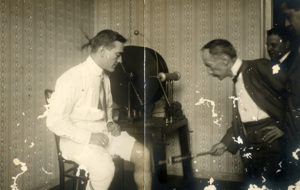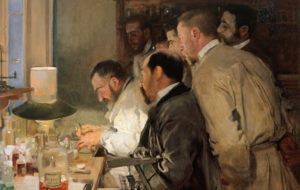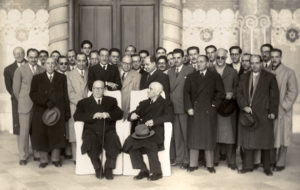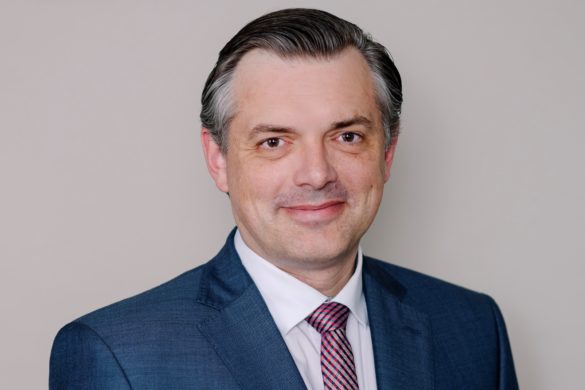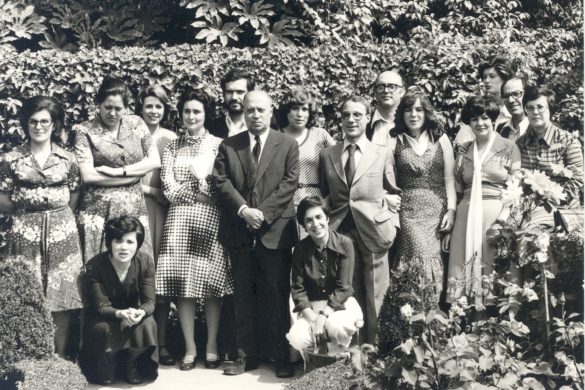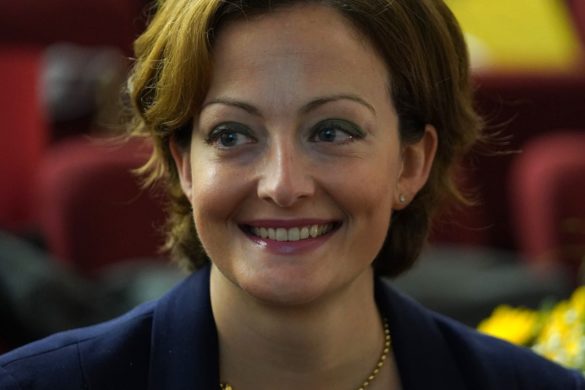Spain is the fourth-largest country in Europe, with a population of just more than 47 million, and is made up of mainland Spain, occupying the majority of the Iberian Peninsula, the Balearic islands in the Mediterranean, the cities of Ceuta and Melilla in North Africa, and the Canary Islands in the north-east Atlantic Ocean. Spain’s capital is Madrid, and the country is divided into 17 autonomous communities, which provide free, universal healthcare to all their inhabitants.
The history of Spanish neurology and neuroscience
The 1850s saw the birth of three figures central to Spanish neurology and neuroscience: Luis Simarro Lacabra (1851-1921), Santiago Ramón y Cajal (1852-1934), and Luis Barraquer Roviralta (1855-1928). These men created dynamic centres providing care, training, and research. They were great pioneers of neurology, working in direct contact with the main international centres and figures in the field, and generated a considerable following of students who consolidated their work.
Luis Barraquer Roviralta was central to the birth of clinical neurology in Spain. He spent time in Paris between 1879 and 1880, and maintained personal contact and correspondence with leading international figures in neurology, who greatly influenced his career: Charcot, Hammond, Obersteiner, and Gowers, among others. His publications addressed such issues as neural leprosy and lipodystrophy, and his name is used in two eponyms in the medical literature.
Luis Barraquer Roviralta examining a patient, circa 1910.
In 1882, Barraquer Roviralta founded the electrotherapy clinic at Hospital de la Santa Cruz in Barcelona, which acted as a hub for neurological study. This coincided with the creation of Jean Martin Charcot’s Chair of Diseases of the Nervous System at La Salpêtrière hospital and the creation by Heinrich Obersteiner of the Institute for Neurology in Vienna. The clinic at Hospital de la Santa Cruz was subsequently renamed the Department of Neurology and Electrotherapy.
Luis Simarro was an influential moderniser and a precursor to clinical neurology, psychiatry, histology of the nervous system, and experimental psychology in Spain. He disseminated Golgi’s method of silver staining, and invented what he called the “photographic process,” published in 1900. This served as the basis for Cajal to develop his silver nitrate method.
It was in Simarro’s laboratory that Cajal, Nicolás Achúcarro, Pío del Río-Hortega, and Gonzalo Rodríguez Lafora, among others, learned histological techniques for the study of the nervous system. In 1919, Pío del Río-Hortega published a four-part study on the microglia and described a new type of cell, which he named oligodendroglia. In 1921, he described the mesodermic origin of these cells and their phagocytic role in different pathological processes. In the clinical field, Gonzalo Rodríguez Lafora described a case of familial myoclonic epilepsy, now known as Lafora disease, in 1911.
Joaquín Sorolla. An investigation or Dr. Simarro in the laboratory. Oil on canvas, 1897. ©Museo Sorolla.
Santiago Ramón y Cajal, one of the forefathers of contemporary neuroscience and winner of the Nobel Prize in 1906, directed the Biological Research Laboratory, founded in 1900. The Laboratory was an international reference point and gave rise to one of the world’s most important neurobiological research centres, today’s Cajal Institute, which belongs to the Spanish National Research Council.
Cajal described the microscopic anatomy of the nervous system and, from a functional perspective, made two main contributions, the dynamic polarisation of neurons and the theory of the individuality of neurons, which enabled a giant leap forward for neuroscience.
As well as dedicating his life to research, Cajal made it his mission to create a “school” so that his disciples may continue his work. This was a significant factor in the flourishing of neuroscience in Spain. In Madrid, he founded a conducive research environment and made the city an international centre for neuroscientific study, with foreign scientists including Penfield coming to the city to work alongside him. His school included such distinguished figures as Tello, Lafora, De Castro, Achúcarro, Río-Hortega, Sacristán, Lorente de Nó, and Villaverde.
Spain has been a pioneer of neurology and neuroscience internationally. Today, Spanish neurology ranks ninth worldwide and fifth in the European Union for scientific publications.
Spanish Society of Neurology
The Spanish Society of Neurology was founded in 1949, with a provisional executive board composed of Luis Barraquer Ferré, Belarmino Rodríguez Arias, and Antonio Subirana Oller, with the objectives of promoting the development of neurology as an institutionally recognised clinical specialty in Spain, increasing its visibility, collaborating with other associations, and participating in international congresses and forums.
Inaugural session of the Spanish Society of Neurology, 19 December 1949.
Today, the Spanish Society of Neurology has 3,647 members, including the great majority of Spanish neurologists as well as members of related healthcare professions, and is a member of the EAN and WFN. Its official publication is the journal Neurología, established in 1986, which publishes scientific articles in the fields of clinical and experimental neurology. This November, the Society holds the 71st edition of its Annual Meeting, the most important scientific forum for neurology in Spain from November 19 to November 23 in the city of Seville.
On behalf of the Spanish Society of Neurology,
Exuperio Díez Tejedor, President
Pablo Irimia, EAN Delegate for Spain

